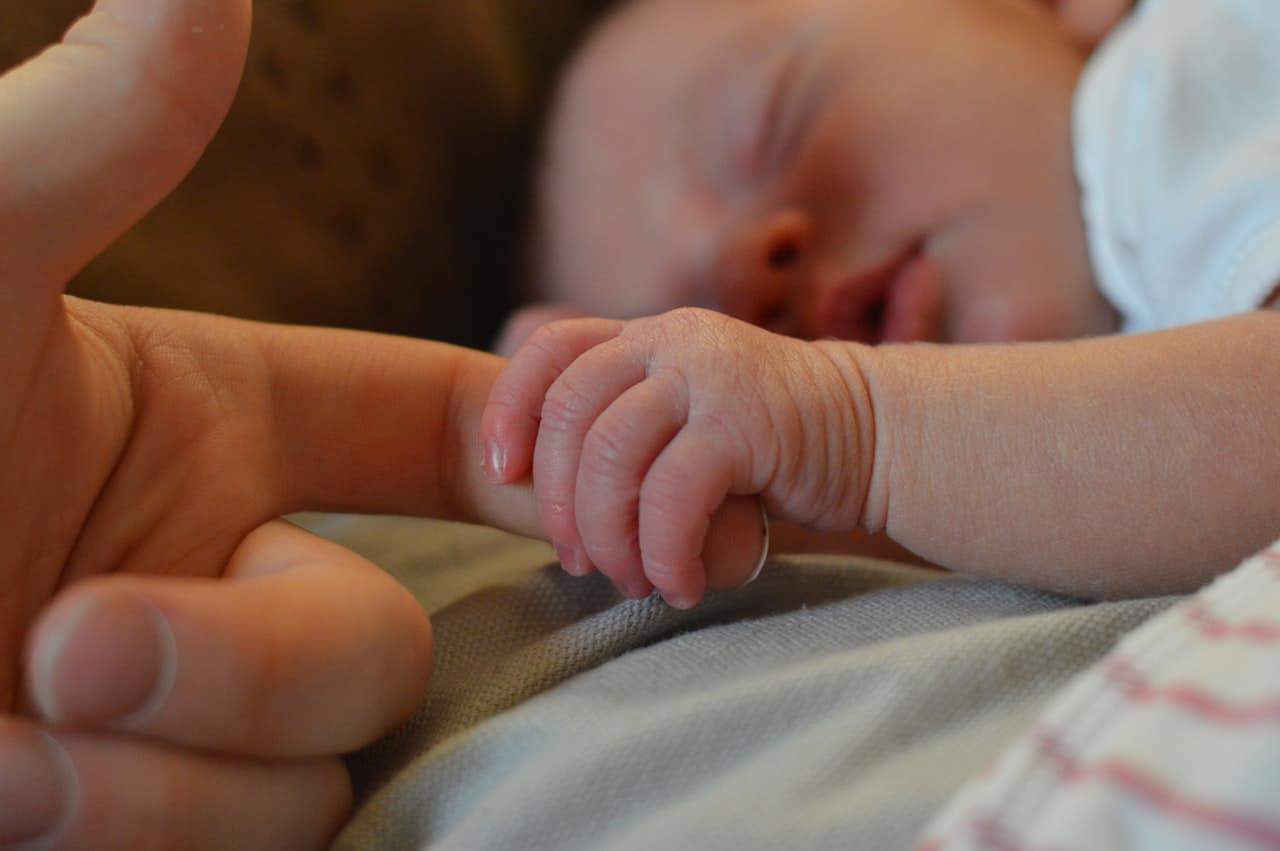Doctors are reporting that more and more women are discussing having a scheduled cesarean section instead of a vaginal delivery. Even where there is no clear medical reason to perform the surgery, it seems many expectant mothers have reasons for wanting a C-section. In many cases, women who are busy with careers or traveling feel that scheduling a time for their baby’s birth is a convenient option. In other instances, women might fear the pain and duration of childbirth, or their inability to control the variables. And of course, there are medical reasons some might opt for a cesarean section.
In spite of medical advances, many experts still caution against performing this procedure. They advise doctors to proceed only when medically necessary. Increasingly, the idea that having a cesarean delivery is a risk-free and easy way to have a baby carries with it misinformation that may be harmful. The perception that the procedure is like getting a tooth extracted is simply untrue. A C-section is major abdominal surgery. As such, it carries with it the risks associated with other surgeries.
These risks include:
- Infection
- Hemorrhage
- Reaction to Anesthesia
- Blood clots
- Injury to other organs
- Risk of complication in future pregnancies
The risks to the baby include:
- Possible breathing problems
- Possibility of surgical injury
Additionally, even the most carefully planned surgery generally requires a longer hospital visit and a longer recovery time. It may also require the use of pain medications that can interfere with breastfeeding plans.
A vaginal birth is also not without its own risks. Labor and childbirth is an arduous process that takes a toll on the human body. According to John Mitchinson, Author of The Book Of General Ignorance, “During labor, the uterus exerts a downward force of 400 Newtons, which is one hundred times as strong as gravity and equivalent to the power in a fully extended modern longbow.” If that seems like a lot of force, ask any woman who has done it.
Some of the risks associated with the natural birth process are the same as with a C-section. There is still the risk of hemorrhage, reactions to anesthesia (if an epidural is used), and infection.
A few other risks include:
- Perineal Tearing
- Damage to the pelvic floor
- Pelvic organ prolapse
- Nerve damage and painful intercourse (only temporary)
The risks to the baby include:
- Shoulder dislocation
- Birth injuries due to forceps and vacuum-assisted births
- Oxygen deprivation if the umbilical cord becomes tangled
But we know there are also plenty benefits to having a vaginal birth as well:
A vaginal birth increases the natural rush of oxytocin to the body, resulting in a naturally euphoric process of bonding. This process is chemically sidestepped during a surgical delivery. Recovery time for a natural birth is usually shorter. But in cases where the risks of a vaginal birth can cause harm or danger, a C-section is an option that has been successfully performed for many years. One benefit is that a C-section can help to lessen the trauma on a body that is weakened by other conditions. It can also or prevent unnecessary complications.
A recent trend in c section birthing is the so-called gentle c section. Undergoing this method may help mothers to feel they are participating more by connecting more consciously to the natural birthing process. Additionally, it may help facilitate better bonding and c section recovery.
Hospitals that offer the planned procedure typically focus on modifying the process by:
- Propping you up slightly to allow viewing the birth through a clear plastic drape
- Placing the newborn on your chest immediately after delivery for direct skin-to-skin contact.
- Using less sedation leaving you more alert to care for your baby.
The human body is an amazing and resilient machine, and with medical intervention, risks of both methods can be minimized by proper planning and a knowledgeable medical staff. The most important thing to remember is that a woman’s body is deeply intuitive and will always know what to do. In spite of the best-laid birth plans, the body may have its own notions, and ultimately the process will be led by instinct and the miraculous insight it holds.
https://www.youtube.com/watch?v=Gn9EGLdxAiw

















